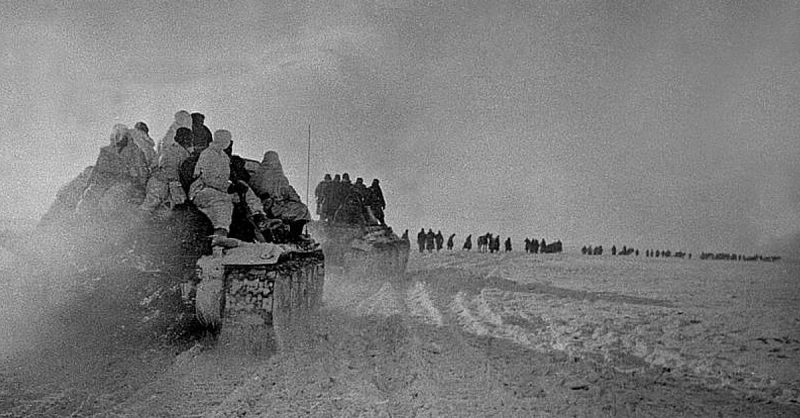In the 2004 film Downfall, depicting the last few days in Adolf Hitler’s bunker under Berlin before the city finally fell to Soviet troops on May 2nd, 1945, the highly acclaimed depiction of the Nazi dictator really drives home the point of how off his rocker he became (or always was). Hitler is shown as not just paranoid and highly distrustful of his officers and staff, but also totally convinced that entire army groups, some totally obliterated already, should still be operational.
Scenes in the film show him wildly yelling and gesticulating, not just in the Nazi leader’s recognizable style, but in blind rage while his officers cast each other looks of deep concern.
In other words, he’d totally lost it. By this point, it was very clear to many high-ranking German officers that their leader was completely incapable of assessing the military situation facing them and that all hope was lost.
One of the major indicators of Hitler’s total loss of competency should have been his amazingly disastrous assessment of the Russian forces preparing for the Vistula-Oder Offensive in January 1945.
Colonel-General Josef Harpe’s Army Group A, holding a defensive line East of Warsaw running approximately North-South, was comprised of some 450,000 troops. German surveillance of Russian troops and material build up in the few months prior to the offensive believed that the Red Army opposing them outmatched their own force three to one.
Hitler, however, was little equipped to accept this and, indeed, flatly denied it. He called it the greatest imposture since Genghis Khan.
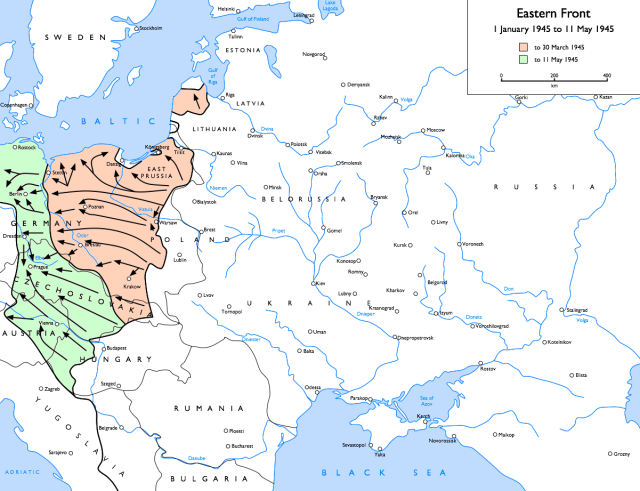
In a way, he was right. The Soviets didn’t outnumber the Germans three to one, but closer to five to one. At 4:35 AM on January 12th, the Red Army began its initial assault in what would be a devastating three weeks for the German’s Eastern Front, which collapsed almost all the way to Berlin.
The assault began with a massive artillery barrage at the Baranow bridgehead (Sandomierz bridgehead in Russian accounts) South of Warsaw in Poland. The Soviets, during the previous year’s Operation Bagration in which they had all but totally destroyed the million-strong German Army Group Centre and advanced into Poland, had taken two key bridgeheads on the Vistula River South of Warsaw.
The Russian guns at Baranow were aimed at the divisions of XLVIII Panzer Corps of the 4th Panzer Army and in two massive bombardments, destroyed any hope of resistance. When the 3rd Guards and 4th Tank Armies advanced, the 4th Panzer Army opposing them had already lost two-thirds of its artillery and a quarter of its troops.
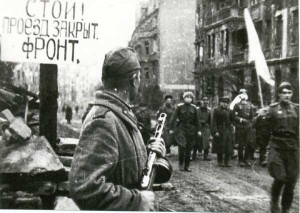
Before the Russians began their explosive volleys along both their 1st Belorussian Front, running South from the Gulf of Riga in the Baltic Sea and into Poland, and 1st Ukrainian Front, running South from there into Northern Hungary, many of the German battalions facing them were already under-strength. After the artillery fired in places like Baranow, handicapped battalions sometimes had barely a platoon worth of soldiers left.
Needless to say, the Russians advanced quite quickly through Poland. Warsaw was taken by January 17th, the Soviet troops horrified at the destruction wrought by Germans in response to the uprising in the city back in August 1944. Hitler, of course, was furious that his officers in Army Group A had decided to abandon Warsaw as Russian forces pushed over the Vistula where it runs by the city.
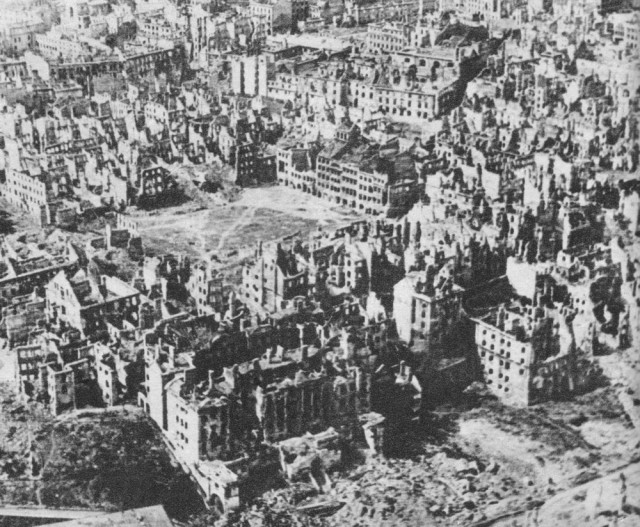
It was Colonel Bogislaw von Bonin, Chief of the Operational Branch of the Army General Staff, that had given permission for the retreat, defying Hitler, for which he was arrested by the Gestapo.
Krakow was taken on January 19th. This was the first part of orders given to Marshal Ivan Konev, commander of the 1st Ukrainian front in the offensive. His objective was to secure Upper Silesia, a region in what is today Southwest Poland. By January 27th, as the German 17th Amy’s 100,000 troops withdrew, he had done so, securing two bridgeheads on the Oder river and opening the door to Germany.
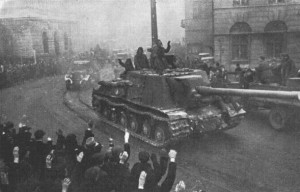
For the Third Reich, Poland was lost. In places like Upper Silesia, where a lot of ethnic Germans lived, Russian troops encountered units of Volksstrum, men between the ages of 13 and 60, not in active duty, who were given some training and weapons to fight as a home guard for Germany. However, many Germans in the area and in Eastern Germany began fleeing West, fearing the wrath of the Russians. Millions would make this journey, believing they would be better off in areas occupied by the Western Allies.
Many Jewish people and POWs also headed West, but they were forced to do so by Nazi officers closing the concentration camps in Poland. These were death marches to Central Germany, sometimes in sub-zero temperatures and thousands perished along the way.
The Red Army encountered very little hefty resistance from the Germans until they reached the Oder and in pockets along the Baltic like in East Pomerania. It was because of this that the offensive was halted on February 2nd, until the bridgeheads opened on the Oder were reinforced and resupplied and the Northern Flank secured by the East Pomeranian offensive to clear out German troops in the region.
The Russian Bridgeheads on the Oder were about 70km from Berlin and it was debated after the war whether the advance should have continued and ended things then and there. However, for the Germans, and the crazed, furious Hitler, the end was drawing nigh either way. Over the three weeks of the Vistula-Oder Offensive, they had lost 295,000 soldiers killed and 147,000 captured, as well as thousands of tanks, artillery, and machine guns. It would not be long before the final shells fell on Berlin.
By Colin Fraser for War History Online
